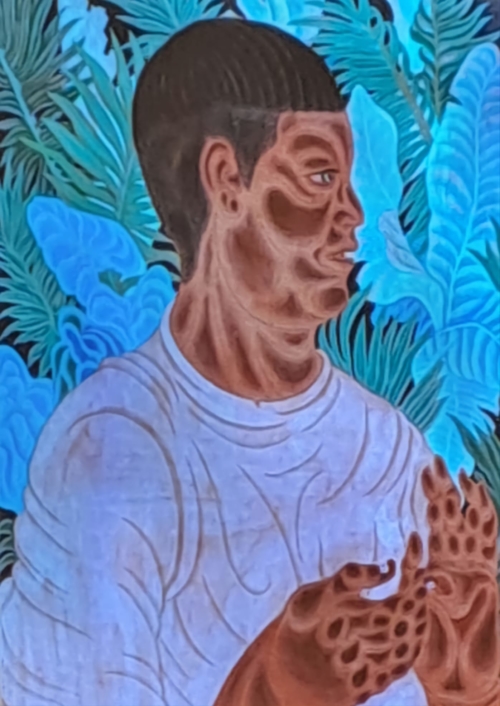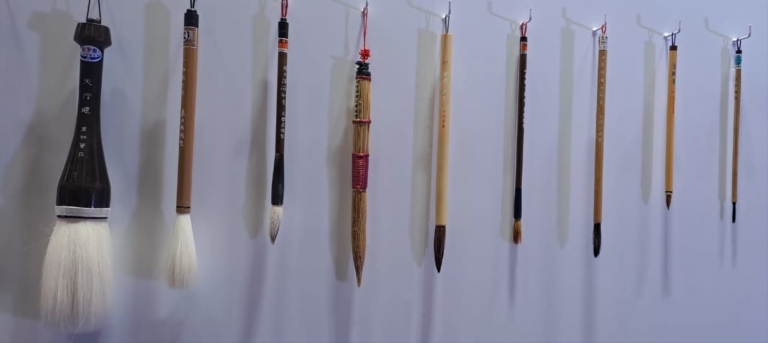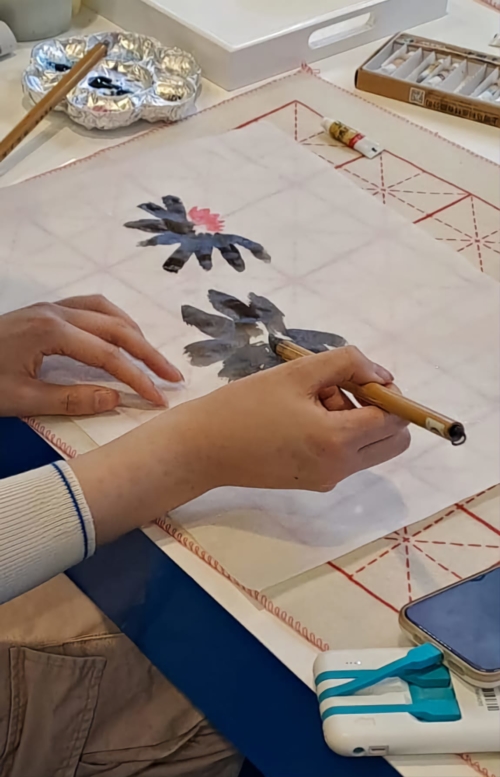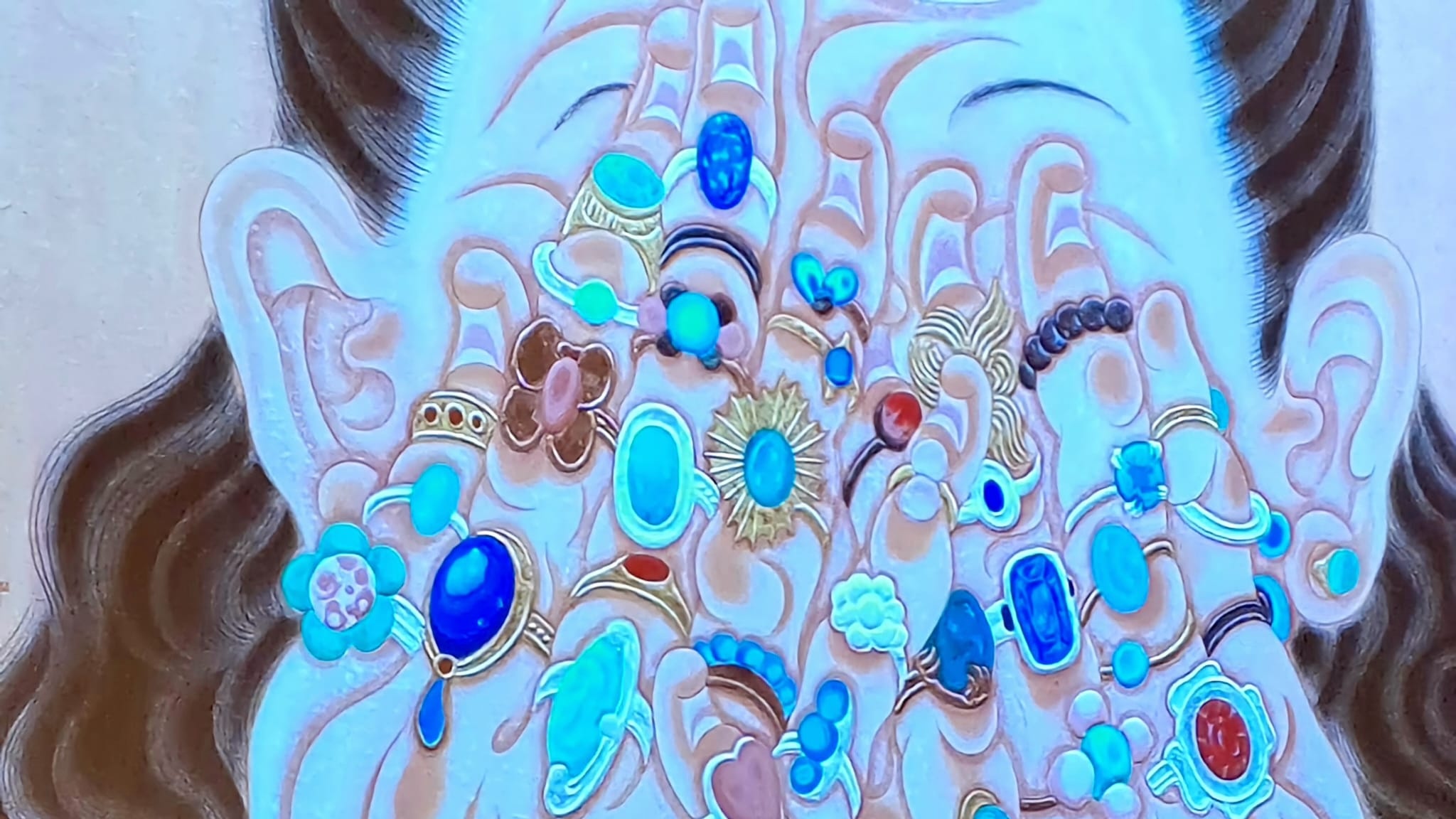As the name suggests, ink art is artwork that is drawn and painted using ink. Ink artists usually use dip pens or reservoir pens for their paintings. It is an art form with a rich history, and while it has gone through so many changes and does not fit a specific mould, it does hold on to a tinge of traditional influence.

Turning your attention to its history and evolution, ink art is easily one of the oldest art forms, dating back to the Tang Dynasty [618 – 907AD] and the term was first coined by Chinese musician Wang Wei.
Centuries later, precisely in the 20th century, the rise of Western art made it essential for Chinese art to be preserved. It also sparked the Eastern vs. Western art conversations and other movements.
One such was the Hong Kong New Ink Painting Movement which was started by Lui Shou-Kwan in the 1960s. The movement saw ways to develop ink art by borrowing from its history and combining it with the things that artists learned from nature. Perfectly depicting this is Lui’s series of paintings called the Zen paintings which represented Chinese philosophy while also bringing some focus to Western ideologies.

Another prominent figure in the evolution of ink art is Taiwan’s Liu Guosong. He proposed that artists should give importance to traditional concepts and exude it in their work rather than being completely influenced by Western ones. He did believe that there should be a certain amount of western influence, and this was Liu’s way of modernising traditional Chinese ink art.
In his efforts to develop ink art, Liu introduced concepts such as ‘The Life of a Revolutionary Pen’.

Then, following the Cultural Revolution in Mainland China, Western art started entering the country and began strongly impacting the country’s art scene. This started the ’85-New Movement that focused on bringing prominence to ink art. During this time, Liu Guosong’s artwork was widely displayed in galleries.
After going through centuries of evolution, now in the 21st century, ink art has broken away from many confinements and has taken many forms including sculptors, digital art, videos, and more. Some contemporary ink artists to note are Nakatani Suisen, Zhang Xiaoli, Nan Qi, Lee Chu-Yi, and Tseng Chien-Ying.
Also Read: The Best of Art Central 2023 – The Most Iconic Artwork on Display



